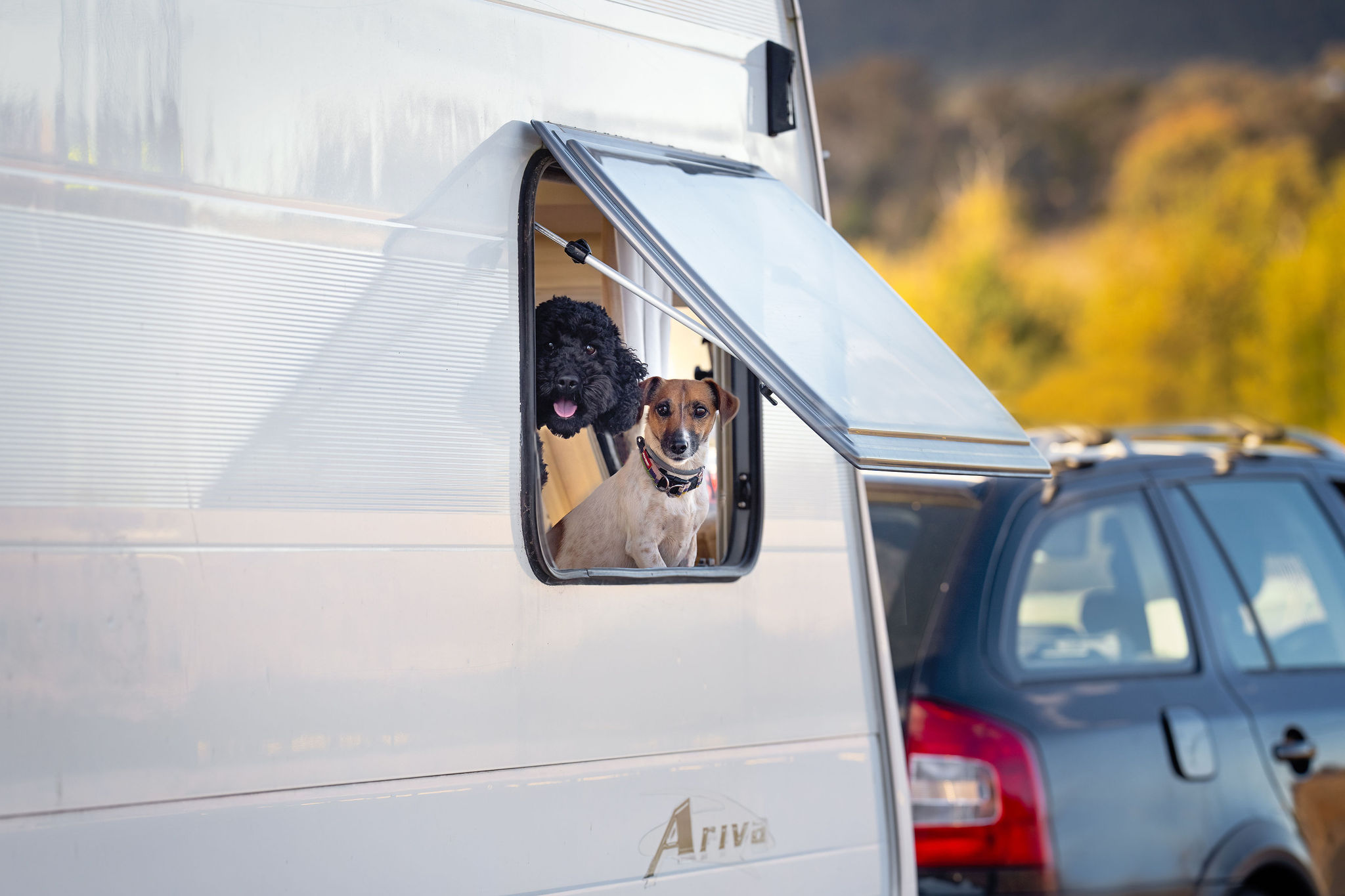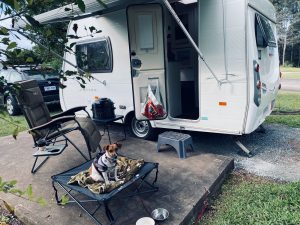Travelling With A Dog In A Van
November 22, 2022
Introduction
Dogs are a lot like us humans. They want to travel in comfort, which means having ample space to move around and sleep comfortably. The best way for you and your pooch to travel is by taking them with you in your vehicle, but there are some things you need to consider before making the trip. So here’s what we have done when traveling with our dog.
It’s important to be prepared.
If you’re planning on bringing your dog in the van with you, it is important to be prepared. Dogs require regular feeding, water and rest just like humans. It’s also important that they have a sense of security and familiarity when travelling. At a minimum a harness and seatbelt is essential in the car or van. You should also consider where the airbags are as they can injure dogs if inflated in an accident. For example, dogs have been known to be injured or killed by airbags inflating in the passenger side of the front seat of a vehicle. I always secure my dog in the back seat.
You’re going to want a dog bed that’s compact and comfortable.
The first thing to consider when choosing a dog bed for your travels is comfort. Your dog might be able to do without it for a day or two, but you’re going to want something that feels just as soft and cuddly as their usual bed at home if you are spending more time on the road . For night time, I like a snuggle bed for my Jack Russell as it is warm and cosy and easily fits on my bed without dirtying my bed linen.
For outside the van during the day choosing one that’s off the ground so they won’t get cold or feel damp is important. The fold up camp bed from BCF (pictured below) at around $50 is great, it’s easy to set up and is small enough to store on the road – the last thing you need is an overflowing storage locker!
Finally, make sure whatever bed you choose is durable enough to withstand regular wear-and-tear while traveling around; this means making sure it’s washable and easy to install/remove each time you want to move on to new places.

Keeping your dog secure
We can’t always be watching our dogs for every single minute, so you need to have a place where your dog is safe and secure. A securing post that is driven into the ground is important at a campsite and ensures your dog does not roam free.
Another option is a pop up tent/enclosure which can easily fit your dog, his bed, a water bowl and toys . This way, your dog will be happy and secure. A pop up tent will also protect your dog from bugs, provide some shade should it be hot or some cover if it’s raining. I love the folding ones you can buy from K-Mart for around $25
 If you want to go for a premium enclosure there is a range of portable fencing options from around $100 up to $1000.
If you want to go for a premium enclosure there is a range of portable fencing options from around $100 up to $1000.
Be prepared
I always carry a dog first aid kit in my van in case my dog sustains an injury during travelling or if I find an injured dog. You don’t need to buy a specialised one, you can make one yourself for less cost than a specialised pet first aid kit. I include several essential items in my kit. Importantly I include some paperwork such as my dog’s vaccination certificate, emergency phone number and any medication they may require. I also include a spare adjustable size collar and a lead in case I find a lost dog who has no collar.
Hydrogen peroxide 3% is useful for cleaning wounds and if required can also be used to induce vomiting by using 1ml per pound of dog weight. A syringe in your kit will enable you to squirt the hydrogen peroxide into the back of the dogs throat. If vomiting does not occur after 15 minutes, call a vet or the pet poison hotline on 1300 869 738.
Include gauze, compression bandages, scissors, tweezers, tape and rubber gloves for any cuts, splinters or puncture wounds as well as suspected fractures. A blanket, towel or wet wipes are also useful. Keep some treats and comfort items as well such as chew toys in the kit. Because my dog likes to scavenge for food, I also include a muzzle, especially for places where it is known that baits or poisons are laid for feral pests.
We all hope our dog will travel safely with us but accidents do happen and if you are prepared you could save a life. There is a handy first aid book for dogs – ‘The safe dog handbook’ that can be purchased from Amazon and would be useful in situations where you may not have an internet connection.
Conclusion
We hope this guide has been helpful, and we wish you safe travels with your dog!


